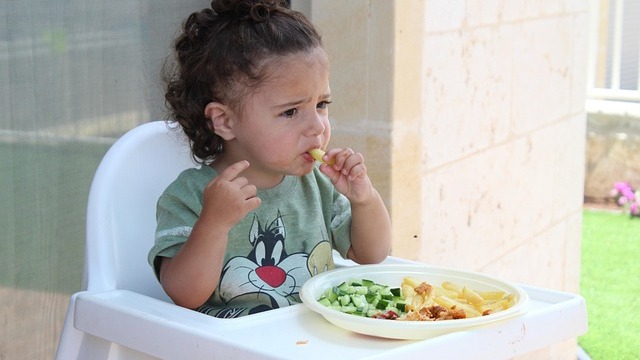
Unlocking Picky Eaters' Potential: The Division of Responsibility
For busy parents, mealtime can often seem like a battleground, especially when faced with picky eaters. However, a revolutionary approach known as the Division of Responsibility (DOR) offers a way to transform these struggles into a more peaceful mealtime experience. Developed by feeding therapist Ellyn Satter, DOR creates clear expectations for both kids and parents, reshaping how families approach food.
The Core Principles Explained
The Division of Responsibility isn’t just a set of rules; it’s a guiding principle designed to empower children and alleviate mealtime tensions. Parents are responsible for the what, when, and where of feeding—choosing healthy family meals, scheduling meal times, and deciding dining environments. Conversely, children are tasked with the how much and whether they eat. This structure allows kids to develop their own hunger cues, fostering intuitive eating habits that extend into adulthood.
Target Audience Insights: Who Can Benefit?
This approach is invaluable for a wide array of families, from health-conscious parents aiming to raise food-aware children, to grandparents adapting traditional recipes for a new generation. Have a child who continuously opts for familiar favorites over balanced meals? DOR could be the approach that helps bridge this gap, allowing them to safely explore new tastes.
Strategies for Success: Making It Work
To implement the Division of Responsibility effectively, start by taking the heat out of mealtimes. Instead of coercing children to finish their plates, allow them the freedom to choose how much they consume within the options you provide. Focus on preparing balanced toddler meals and creative lunchbox ideas that incorporate cultural recipes, making it easier for your child to engage with diverse foods.
Addressing Common Challenges: What If They Refuse to Eat?
Often, the fear of feeding prompts parents to yield to children's demands for preferred foods. While DOR permits some flexibility, it’s essential not to steer away from the boundaries you’ve set. If your child refuses a meal, provide another opportunity during the next mealtime without punishment or stress. This simple shift in perspective can take the power struggle out of food dynamics.
Concluding Thoughts: Reassessing Mealtime Dynamics
Adopting the Division of Responsibility can reshape not just your dinner table, but your entire approach to feeding your children. By fostering a healthy relationship with food, you empower them to make informed choices. This, in the long term, promotes more harmonious family meals and introduces diverse culinary experiences that may well shape their palates for life.
To explore more about fostering better eating habits within your family, consider signing up for our email updates, offering ongoing tips and resources tailored for parents navigating these early years of food exploration.
 Add Row
Add Row  Add
Add 




Write A Comment